- Signs that artificial intelligence is weighing on the job market are continuing to creep into the data, offering clues on how AI could play a role the next time the economy slips into a downturn. Businesses have historically leaned on automation during recessions, and AI could hit white-collar knowledge workers especially hard, JPMorgan warned.
Businesses trying to do more with less have historically leaned on automation during recessions, but the advent of generative AI could scramble the typical pattern of winners and losers when the next downturn strikes.
While white-collar knowledge workers have previously not suffered from severe recession-induced layoffs or jobless recoveries, the next time could be different, JPMorgan senior U.S. economist Murat Tasci said in a note Tuesday.
“More specifically, we think that during the course of the next recession the speed and the breadth of the adoption of the AI tools and applications in the workplace might induce large-scale displacement for occupations that consist of primarily non-routine cognitive tasks; henceforth non-routine cognitive occupations,” he wrote.
Since the late 1980s, jobs that focus on routine tasks have been disappearing because of automation, Tasci said. That includes “routine cognitive occupations” like sales and office jobs, as well as “routine manual occupations” such as jobs in construction, maintenance, production and transportation.
Over the past four decades, it’s taken longer and longer for routine jobs to bounce back after recessions. In fact, employment in routine occupations has still not returned to its peak before the Great Financial Crisis.
By contrast, “non-routine cognitive occupations”—white-collar knowledge workers like scientists, engineers, designers, and lawyers—were much less cyclical and barely dipped below pre-recession peaks. They have also led prior employment recoveries most of the time, Tasci observed.
‘Ominous’ sign in unemployment pattern
But an unprecedented shift in unemployment trends could indicate that white-collar knowledge workers will suffer a much different fate in the age of AI.
For the first time ever, workers from non-routine cognitive occupations now account for a greater share of the unemployed than workers from non-routine manual jobs (i.e. healthcare support, personal care, and food preparation).
“Workers who were last employed in non-routine cognitive jobs have always accounted for the smallest share of the unemployed in the data, until recently,” Tasci said, calling it an “ominous” sign. “This changing pattern might be indicative of rising unemployment risk for these workers going forward.”
That’s as evidence has been mounting that AI is already limiting the number of entry-level jobs that have typically been filled by recent college graduates.
Meanwhile, AI doesn’t pose much more additional risk to routine jobs or to non-routine manual jobs that will still require more physical personal interaction, he explained.
The increased threat to white-collar knowledge workers also poses a greater risk to the economy than in the past as they now account for nearly 45% of total employment, up from 30% in the early 1980s.
“A much larger unemployment risk and anemic recovery prospects for these workers might cause the next labor market downturn to look pretty dismal,” Tasci warned. “The jobless recoveries led by anemic growth in routine occupations might repeat again, this time primarily due to an anemic recovery in non-routine cognitive occupations.”
But others aren’t so gloomy about AI and the job market. Tech investor David Sacks, who also serves as the White House czar on AI and crypto, sought to debunk several “Doomer narratives” about artificial general intelligence.
In an X post on Saturday, he said there’s a “clear division of labor between humans and AI,” meaning that people still need to feed AI models necessary context, give them extensive prompts, and verify their output.
“This means that apocalyptic predictions of job loss are as overhyped as AGI itself,” Sacks added. “Instead, the truism that ‘you’re not going to lose your job to AI but to someone who uses AI better than you’ is holding up well.”
This story was originally featured on Fortune.com

 2 hours ago
1
2 hours ago
1




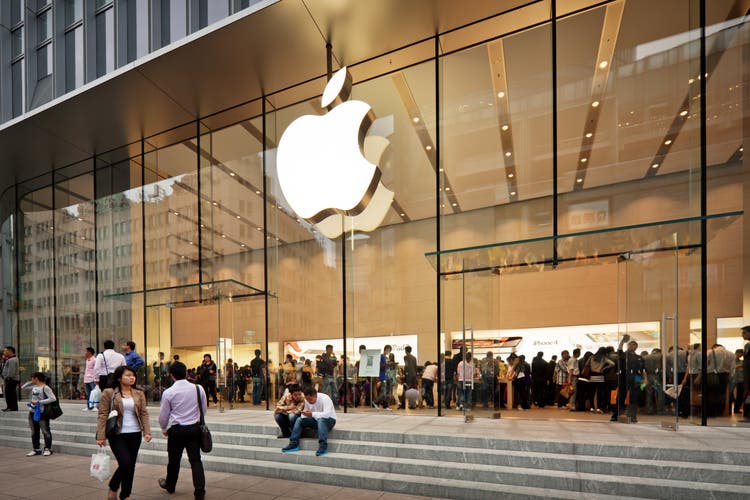
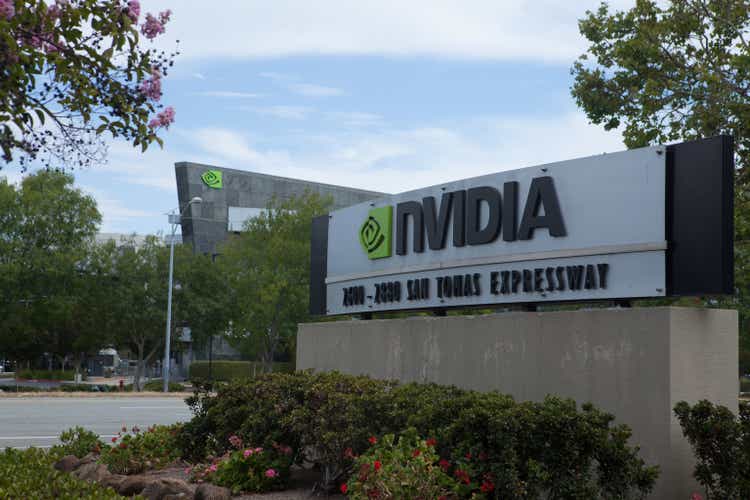


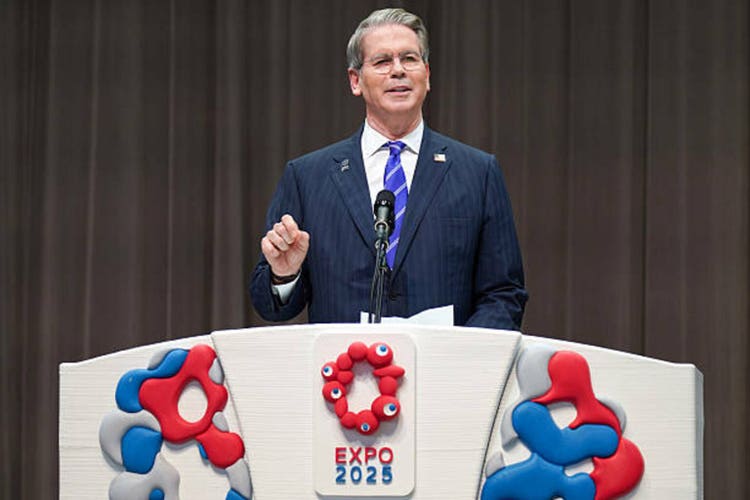

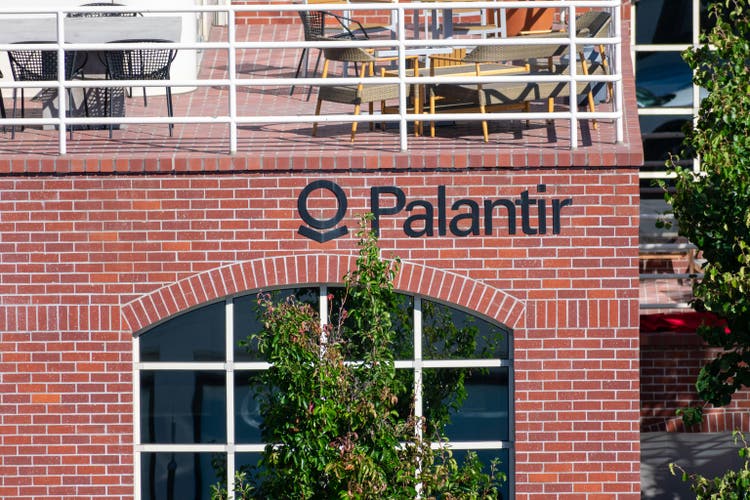
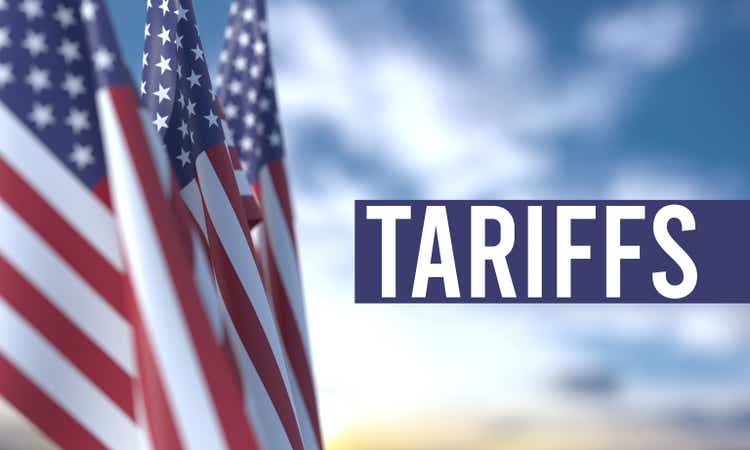

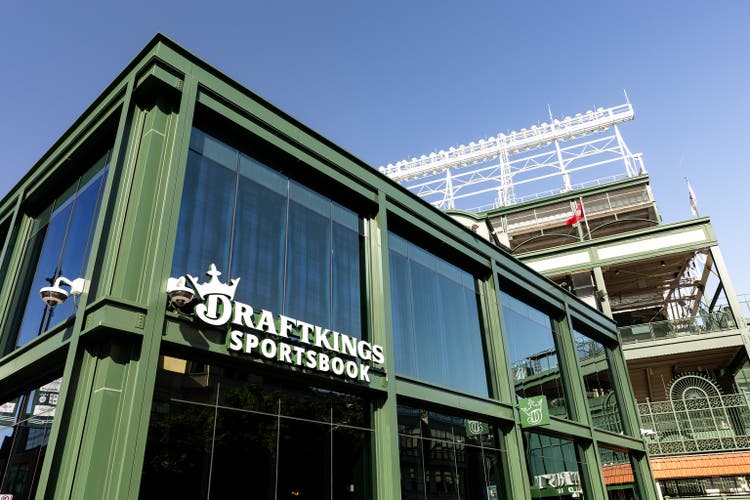
 English (US) ·
English (US) ·